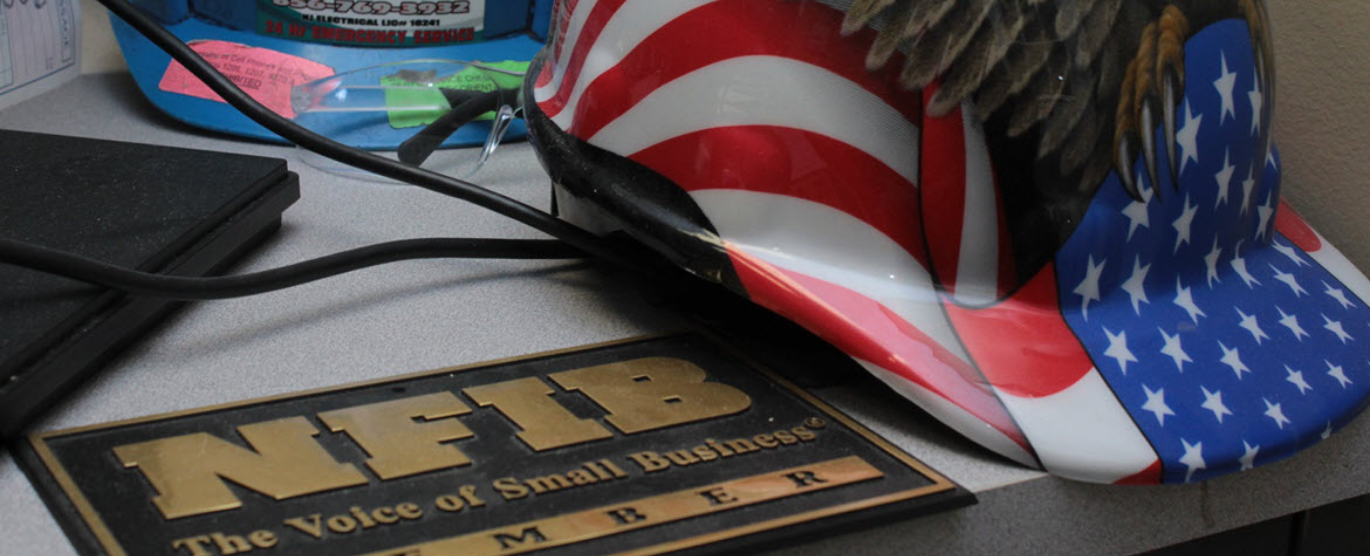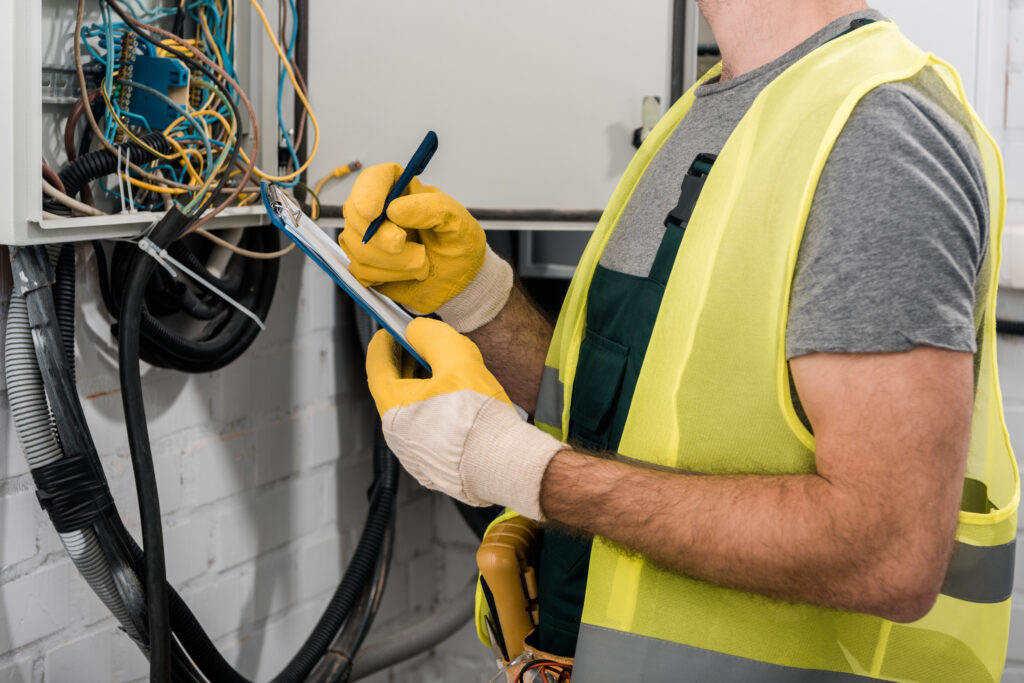Electrical code violations are a common occurrence in homes and businesses in our communities and around the country. Avoiding these dangerous violations at all costs is important for your safety and others.
Here are four common electrical code violations and the actions to take to correct them.
4 Common Electrical Code Violations
Knob and Tube Wiring
Around the turn of the twentieth century, knob and tube wiring was touted as a state-of-the-art technology until the end of the 1940s. However, by today’s standards, it doesn’t withstand modern electrical demand and can be very dangerous because the wiring is not grounded.
To identify knob and tube wiring, check in the basement or attic for white, ceramic, spool-like knobs and tubes with electrical wires weaving through them.
- Correction: The only option for getting around this violation is to have your building completely rewired. It may seem like a hefty upfront cost—but at what cost is losing everything to a potential electrical fire?
New Lights, Old Wires
You can’t teach an old dog new tricks. The same goes for old electrical wiring. New light fixtures can easily overload old wiring because they run at higher temperatures. Old wiring is made to withstand up to 140 degrees Fahrenheit, while today’s wiring is meant to withstand up to 194 degrees Fahrenheit.
- Correction: If you’re unsure how old your wiring is, check the insulation jacket for a stamped date. After 1987, wires are manufactured with a date. Before 1987, no date will be stamped. If it’s the latter, have the circuit rewired before using new lights.
Illegal Splicing
Splicing refers to a connection made between two or more wires and can be especially dangerous if not contained in a junction box. Legally, splicing can only take place temporarily in the effort of troubleshooting a circuit and should only ever be performed by an experienced electrician.
- Correction: In the event that splicing or wire work is needed, always contact a professional. Never try to DIY electrical work.
Non-IC Lights Contacting Insulation
Non-IC rated lighting can, unsurprisingly, start a fire if it makes contact with insulation. Any lights that do make contact with insulation must be IC rated. Otherwise, three inches of space must be cleared between the insulation and the light.
- Correction: Inspect your attic for any insulation coming into contact with lights. Cut back insulation from non-IC rated lights or replace them with IC-rated lights.
If you suspect your home or business is subject to electrical code violations, a thorough inspection is an important next step. Contact us today, and we’ll be there in a flash: 856.769.3932.




